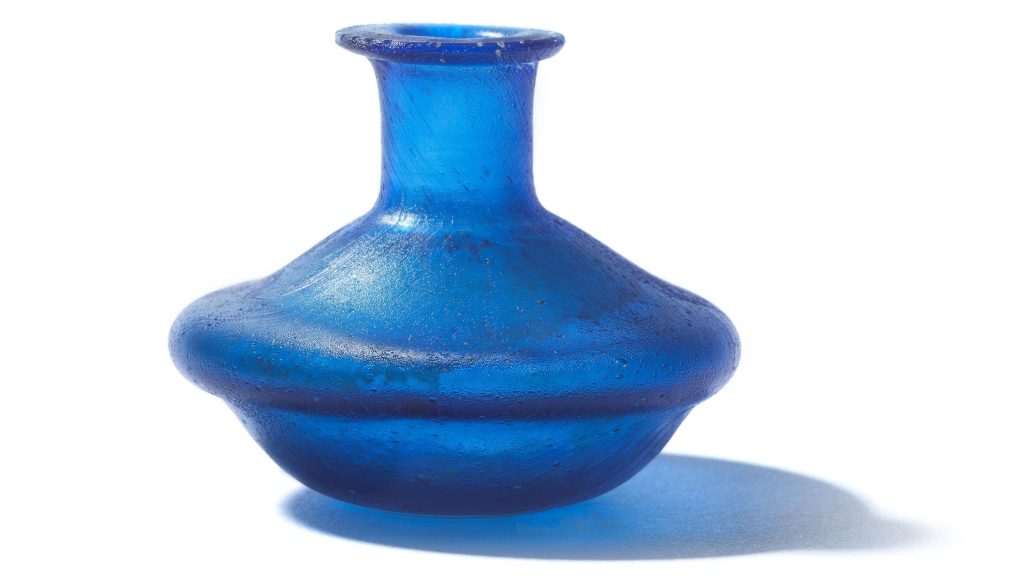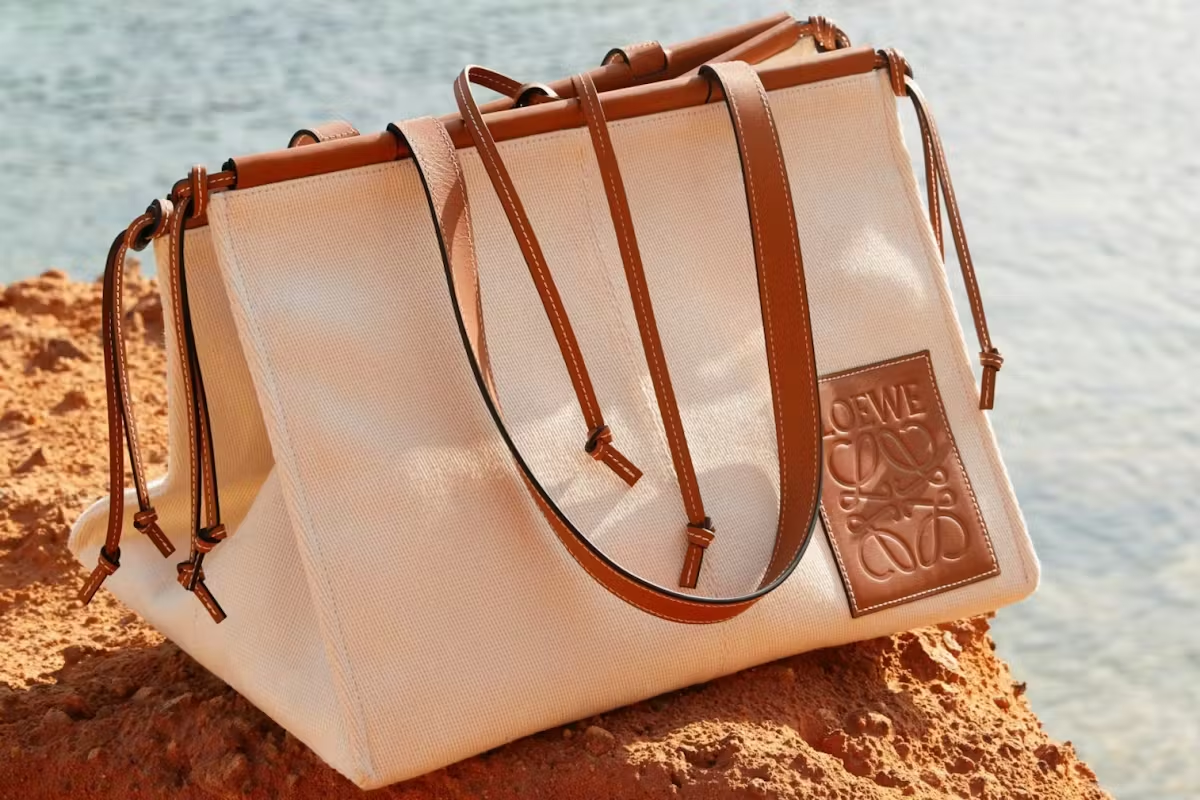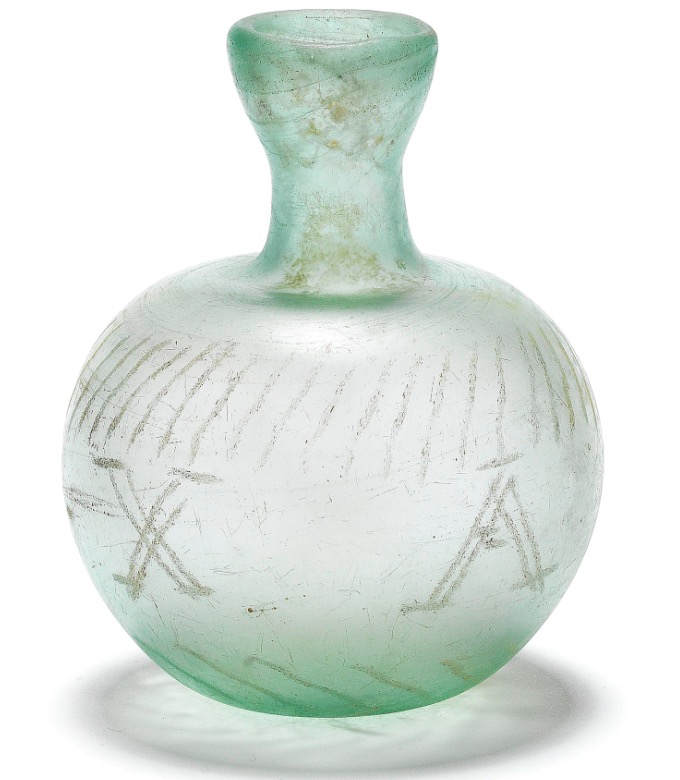The surprising thing about Roman glass is how incredibly light it is. Holding some pieces is like handling gossamer, yet they are practical and functional. Just as we do, the Romans used glass for dishes, lamps, decanters and wineglasses. Indeed, as if to underline the point, some courageous modern-day hosts use their Roman glass at dinner parties – though anyone tempted to follow suit would do well to bear in mind that they are not dishwasher-proof.

When the collection of the Dutch ancient Roman glass enthusiast Nico Bijnsdorp comes to auction over two sales in London in December 2022 and July 2023, it will open a window into this fascinating world. Bijnsdorp is more than a simple enthusiast. His passion for Roman glass stretches back more than 30 years, during which time he has followed the golden rule of always buying the best he could. Now a renowned expert in the field, he is the author, too, of many books on the subject.
While the idea that glass is unusually fragile is a common misconception, it is by no means indestructible, so it seems surprising that so many Roman glass objects have survived intact down the millennia. One reason is that many of the survivors come from tombs. Like the Ancient Egyptians, the Romans viewed death as a journey on which the dead would need a combination of familiar and useful items to help them along their way.
Early Christian glass souvenirs from 5th-century Jerusalem, for example, were made to be filled with earth from the Church of the Holy Sepulchre. Placing a vessel filled with earth from such a holy site in one’s grave was believed to help buy favour in Heaven. The Church of the Holy Sepulchre was an especially notable site, having been built by the emperor Constantine in the 4th century to encompass both the site of Christ’s Crucifixion and the empty tomb from which he was believed to have risen, and to ensure an adequate supply of earth at the empty tomb for souvenir-hunters, it was replaced daily. Many of the souvenir vessels were wonderfully decorated with appropriate religious scenes, including Golgotha, but enterprising Jerusalem glass-makers would also adapt those motifs for a Jewish clientele.
Not all tomb objects were selected for their spiritual or worldly usefulness. Many combined practicality with comforting familiarity. A tiny, perfectly blue scent bottle from the Bijnsdorp Collection, for example, was luxurious – the Lalique of its day – but also a very personal item. Blue glass was especially prized at the time, because it was more difficult to make than the ubiquitous green, and such bottles would have been sold either complete with scent or to be filled with a perfume of its owner’s choice. Either way, they were affordable only by the very wealthiest. The example from the collection comes from the Western Empire during the 1st century AD, when Augustus and Tiberius held sway, Roman power was approaching its zenith and conspicuous consumption was the order of the day.
Another highlight of the collection is a beautiful, lidded pyxis (a vessel to hold cosmetics) that would have been displayed on the dressing table of patrician women. It, too, was chosen as a favourite item to be taken on the journey to the Underworld.
With its huge historic sweep of pieces, from the 6th century BC to the 9th century AD, the Bijnsdorp Collection represents key developments in manufacturing technique. The most significant was the invention of glass-blowing. Indeed, the impact of this technical advance was so far-reaching that a time-travelling Roman glass-blower who arrived in a modern studio would find himself quite at home, the basic tools of his trade unchanged.
Like many ideas turned to good account by the Romans, it wasn’t their own: it arrived in the Republic during the early years of the 1st century AD from the Syro-Palestinian region as a by-product of colonisation. The old cast- or core-formed methods could produce spectacular results, but they were time-consuming. With glass-blowing techniques, production became easier, faster and cheaper.
Blown glass was more malleable than its predecessors, too, giving craftsmen much greater freedom to experiment with shapes and colours. The manufacture of one stunning, very early Greek piece in the collection – a 3rd-century unguentarium – combined cow dung, a metal rod and molten glass to wonderfully decorated effect. It was also now possible to make pieces that were designed to be moulded together, as an exquisite, piercingly royal blue, very high-quality hexagonal bottle with vegetal scrolled decoration demonstrates. While it is impossible from among its riches to select a favourite piece, one pale green, Roman glass flask from the 4th century bears a Greek inscription that might be said to sum up the Bijnsdorp Collection and the inspiration behind it. The letters read simply XAPA – as we would say, ‘joy’.











































